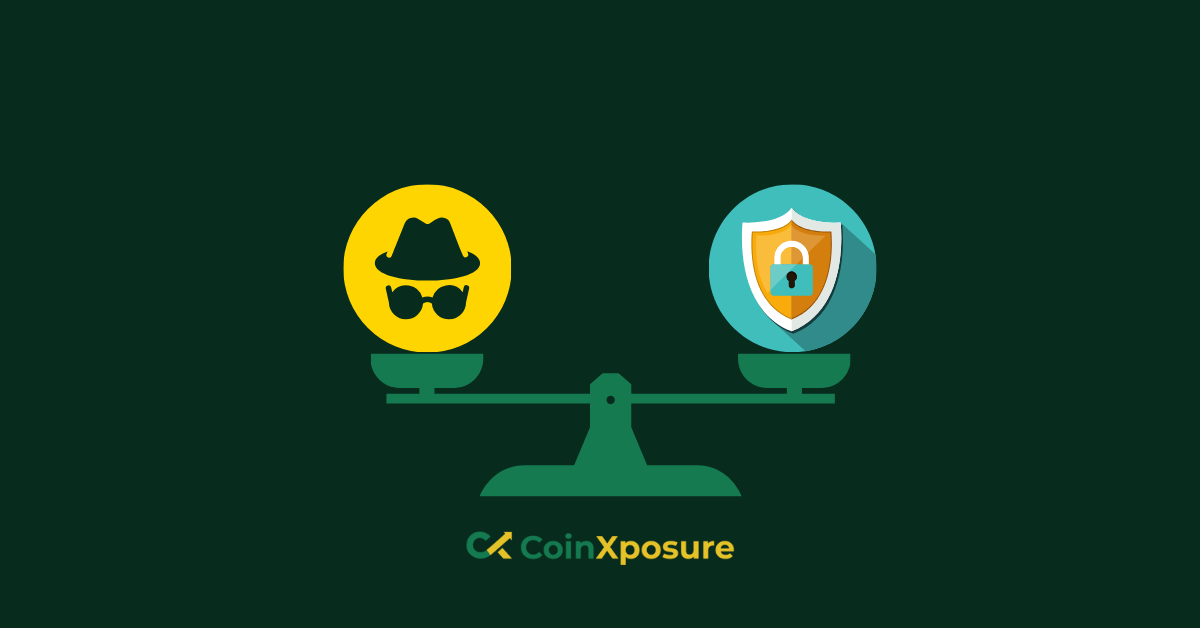Blockchain technology, hailed for its decentralized and immutable nature, has revolutionized various industries by providing secure and transparent transactional networks.
At the core of blockchain security lie two seemingly conflicting principles: transparency and anonymity.
Transparency ensures accountability and trust through open access to transactional data, while anonymity safeguards user privacy and prevents unauthorized access to personal information.
Striking the right balance between these two aspects is crucial for maintaining the integrity and security of blockchain networks.
This article sets the stage for exploring how blockchain achieves this delicate equilibrium and its implications for the future of digital transactions.
The Role of Transparency in Blockchain Security
Transparency serves as a cornerstone of blockchain security, providing several critical functions within the network. At its core, transparency refers to the public accessibility and immutability of transactional data recorded on the blockchain.
This transparency ensures accountability and trust among network participants by allowing anyone to verify transactions and track the flow of assets in real-time.
By maintaining an immutable ledger, blockchain technology eliminates the possibility of data tampering or fraudulent activities, enhancing the overall security of the network.
Furthermore, transparency fosters greater confidence in blockchain-based systems, encouraging widespread adoption and participation.
Examples of transparent blockchain implementations, such as Bitcoin and Ethereum, showcase the power of open access to transactional information in building robust and secure decentralized networks.
Despite its benefits, transparency also presents challenges, particularly concerning privacy concerns and the potential for surveillance.
Balancing transparency with anonymity is crucial to address these issues while maintaining the integrity and security of blockchain ecosystems.
The Role of Anonymity in Blockchain Security
Anonymity plays a pivotal role in enhancing the security of blockchain networks by safeguarding user privacy and protecting against identity theft and unauthorized access to personal information.
In blockchain systems, anonymity allows users to transact without revealing their real-world identities, thereby mitigating the risk of targeted attacks or surveillance.
By obscuring transactional details such as sender and recipient identities, anonymity ensures confidentiality and prevents malicious actors from tracking and exploiting user behavior.
Cryptocurrencies like Monero and Zcash are prime examples of blockchain implementations that prioritize anonymity, leveraging cryptographic techniques to obfuscate transactional data and preserve user privacy.
However, anonymity also presents challenges, including the potential for misuse in illegal activities and regulatory compliance issues.
Achieving a balance between anonymity and transparency is crucial to address these concerns while maintaining the security and integrity of blockchain ecosystems.
Achieving Balance: Transparency vs. Anonymity
Balancing transparency and anonymity is essential in ensuring the security and integrity of blockchain systems.
While transparency fosters trust and accountability by allowing public access to transactional data, anonymity safeguards user privacy and prevents unauthorized access to personal information.
Achieving the right balance between these two principles requires careful consideration of their respective benefits and challenges.
Selective disclosure mechanisms, privacy-preserving cryptographic techniques, and identity management solutions are key strategies for enhancing transparency without compromising anonymity.
These techniques allow users to disclose specific information while protecting sensitive data, thereby maintaining privacy while enabling transparency where necessary.
Case studies of blockchain projects implementing such solutions illustrate the feasibility of achieving a balance between transparency and anonymity.
Privacy-focused cryptocurrencies like Zcash and government-backed blockchain initiatives often employ selective disclosure mechanisms to ensure regulatory compliance while preserving user privacy.
Continued research and innovation will play a crucial role in advancing techniques for balancing transparency and anonymity in blockchain security.
By addressing privacy concerns while maintaining the integrity and security of blockchain ecosystems, these efforts will contribute to the widespread adoption and trust in decentralized networks.
Conclusion
The balance between transparency and anonymity is fundamental to the security and sustainability of blockchain networks.
Transparency ensures accountability and trust by providing open access to transactional data, while anonymity safeguards user privacy and prevents unauthorized access to personal information.
Achieving the right equilibrium between these principles is crucial for maintaining the integrity and security of blockchain ecosystems.
Continued research and innovation will be essential in advancing techniques for balancing transparency and anonymity in blockchain security.
Addressing privacy concerns while maintaining the integrity of decentralized networks will foster greater trust and confidence in blockchain technology, paving the way for its widespread adoption and utilization across various industries.












